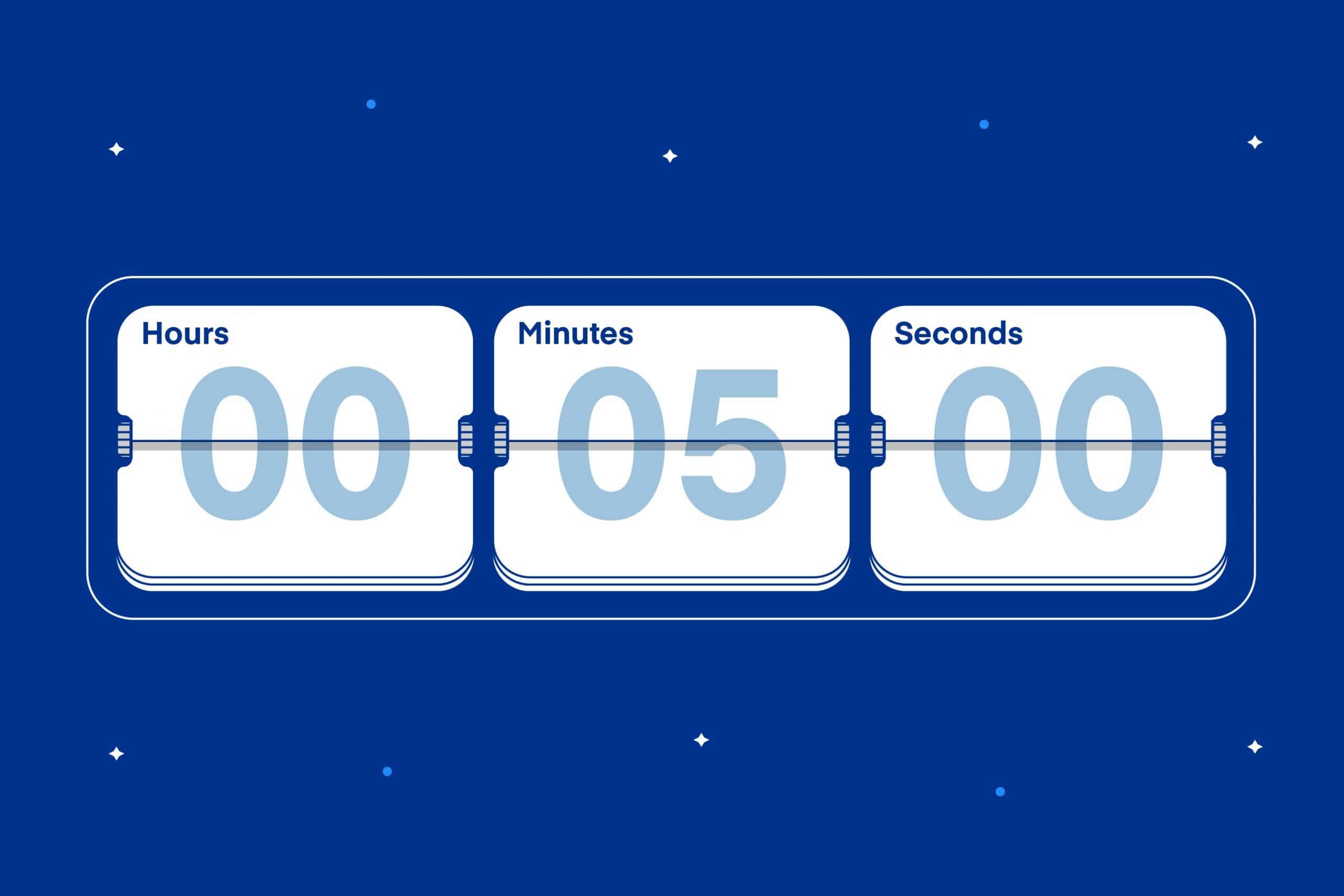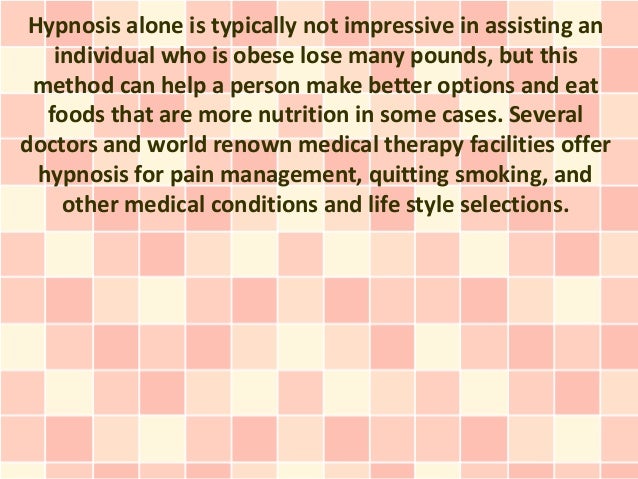
If you've ever wanted to learn how to tap into your subconscious mind, then you have come to the right place. This powerful tool will help you to overcome years of negative habits, and re-experience life. Your subconscious mind stores every experience you've had and everything you can remember about the past. The more you learn to use this resource, the more your life will improve and become easier.
The subconscious mind has endless potential and is key to your success. The subconscious mind, like the RAM in your computer's hard drive, is designed to store large amounts of information. The unconscious mind stores your birth memories. This information is worth its weight in the law of attraction. People who are successful use their subconscious minds to direct their lives even when they are asleep. It's a powerful tool that can transform your life and give you the confidence you need to achieve your dreams.

If you find yourself stuck in a rut, and are unsure how to move forward with your life, you can try to think about what it is you want. Your subconscious mind will create opportunities for you if you feel happy. These thoughts can become a valuable resource for your subconscious mind by being a regular part of your day. This tool will enable you to quickly find solutions to problems and create breakthrough ideas. Start here to discover how to tap into the subconscious mind. You will be amazed at the power of your mind.
Once you have mastered the power of your subconscious, it is possible to tap into its infinite potential. You'll be more successful by practicing gratitude and listening to your subconscious. You don't have to be afraid of the possible negative effects if you're open to trying these techniques. You will be able to tap into your subconscious mind in order to start enjoying the benefits that it has to provide. Use them now! And don't worry about the side effects. You will see a positive result. You can achieve the life you want if you are ready to take charge of your own life.
You can build muscle by working out how to tap into the subconscious mind. To build the habits that you desire, you must be constantly challenging yourself. You can make your dreams come true by using these techniques. You'll also learn how to effectively use these methods in your daily life by stimulating communication between your subconscious and conscious minds. You will be amazed at how much power and potential you can unlock in this process.

Once you understand how to tap your subconscious mind, your subconscious will be filled with information you never knew existed. Your preconscious mind might contain your dreams and hopes. If you know how to develop your imagination, you'll be able to use your imagination to achieve those dreams. The subconscious can be yours! It can change your life!
FAQ
What can you do if your immune system is weak?
The human body consists of trillions of cells. These cells combine to form organs or tissues that serve specific functions. One cell is replaced by another when it dies. Cells also communicate with each other using chemical signals called hormones. Hormones control all bodily functions, including growth, development, metabolism, immunity and immune system.
Hormones are chemical substances that glands secrete throughout the body. They travel through our bloodstream and act as messengers, controlling how our bodies function. Some hormones are made internally, while others are created outside the body.
The release of hormones from a hormone producing gland into the bloodstream is the beginning of hormone production. Once released, hormones move through the body until they reach their target organ. Some hormones may only remain active for a limited time. Some hormones remain active for longer periods of time and can continue to have an impact on the body's function long after they are gone.
Some hormones can only be produced in large quantities. Others are produced in small amounts.
Some hormones only are produced during certain periods of life. For instance, estrogen is produced during puberty, pregnancy, menopause, and old age. Estrogen assists women with breast development, bone density, and osteoporosis prevention. Estrogen promotes hair growth, and skin stays soft and smooth.
Which are the top 10 foods you should eat?
These are the 10 best foods you can eat:
-
Avocados
-
Berries
-
Broccoli
-
Cauliflower
-
Eggs
-
Fish
-
Grains
-
Nuts
-
Oats
-
Salmon
What is the best diet for me?
Your age, gender, body type, and lifestyle choices will all impact the best diet. Consider how much energy and low-calorie foods you consume, as well as whether or not you are a fan of fruits and vegetables.
Intermittent fasting might be an option for you if your goal is to lose weight. Intermittent eating means that you only eat specific meals throughout the day. This is in contrast to three large meals. This method may work better than traditional diets which include daily calorie counts.
Studies have shown that intermittent fasting can improve insulin sensitivity and decrease inflammation. This could lead to improved blood sugar levels, and a lower risk of developing diabetes. Other research suggests that intermittent fasting may promote fat loss and improve overall body composition.
What is the difference between a calorie or a kilocalorie.
Calories are units that measure how much food has energy. Calories are a unit of measurement. One calorie is equal to one degree Celsius in energy.
Kilocalories refer to calories in another term. Kilocalories equal one thousandth of a calorie. 1000 calories is one kilocalorie.
Do I need to count calories?
You may be wondering "what is the best diet for you?" or "is counting calories necessary?" The answer to this question depends on many factors, including your current health, your personal goals and preferences, as well as your overall lifestyle.
The Best Diet For Me - Which One Is Right For You?
The best diet depends on me, my health, my goals, my preferences and my overall lifestyle. There are many good and bad diets. Some are better for certain people than others. What should I do then? What can I do to make the right decision?
These are the questions this article will answer. It begins with an overview of the different diets today. The pros and cons of each diet are then discussed. We'll then discuss how to choose which one is best for you.
Let's start by taking a look at the various types of diets.
Diet Types
There are three main types. Low fat, high proteins, and ketogenic. Let's talk about them briefly.
Low Fat Diets
A low fat diet is a diet that restricts the amount of fats consumed. This is achieved through reducing intakes of saturated fats (butter and cream cheese, for example). and replacing them with unsaturated fats (olive oil, avocados, etc.). If you want to lose weight fast and easily, then a low fat diet is often recommended. This diet can cause problems such constipation as heartburn, indigestion, and even stomach pain. A person may also experience vitamin deficiencies if they don't get enough vitamins.
High Protein Diets
High-protein diets limit carbohydrates and favor proteins. These diets are more protein-rich than others. These diets are intended to increase muscle mass and reduce calories. Unfortunately, they can't provide adequate nutrition for those who eat regularly. They may also be too restrictive and not suitable for everyone.
Ketogenic Diets
Ketogenic diets are also known as keto diets. They are high in fat and moderate in protein and carbs. These foods are popular among athletes and bodybuilders as they allow them to train harder, longer and without becoming tired. You must adhere to all side effects, including fatigue, headaches, nausea and headaches.
Statistics
- WHO recommends reducing saturated fats to less than 10% of total energy intake; reducing trans-fats to less than 1% of total energy intake; and replacing both saturated fats and trans-fats to unsaturated fats. (who.int)
- The Dietary Guidelines for Americans recommend keeping added sugar intake below 10% of your daily calorie intake, while the World Health Organization recommends slashing added sugars to 5% or less of your daily calories for optimal health (59Trusted (healthline.com)
- nutrients.[17]X Research sourceWhole grains to try include: 100% whole wheat pasta and bread, brown rice, whole grain oats, farro, millet, quinoa, and barley. (wikihow.com)
- This article received 11 testimonials and 86% of readers who voted found it helpful, earning it our reader-approved status. (wikihow.com)
External Links
How To
What does the "vitamins” word mean?
Vitamins are organic compounds naturally found in food. Vitamins aid us in absorbing nutrients from the food we eat. Vitamins cannot come from the body so food must provide them.
There are two types vitamins: water soluble or fat soluble. Water-soluble vitamins dissolve quickly in water. These include vitamin C (thiamine), Vitamin B1 (riboflavin), Vitamin B2 (riboflavin), Vitamin B3 (niacin), Vitamin B6 (pyridoxine), Vitamin C, B1 (thiamine), Vitamin B2 (riboflavin), Vitamin B3 (niacin), and Vitamin B6 (pyridoxine). The liver and fatty tissues are home to fat-soluble vitamins. You can find vitamin D, E K, A, beta carotene, and other fat-soluble vitamins.
Vitamins are classified according to their biological activity. There are eight main groups of vitamins.
-
A - Vital for normal growth and maintaining good health.
-
C - essential for nerve function and energy generation.
-
D – Essential for healthy teeth, bones and joints
-
E - needed for good vision and reproduction.
-
K – Required for healthy nerves & muscles.
-
P - Essential for strong bones and teeth.
-
Q - aids digestion and absorption of iron.
-
R - Required for red blood cell production
The recommended daily allowance of vitamins (RDA), varies according to age, gender, physical condition, and other factors. The U.S. Food and Drug Administration sets RDA values.
For adults over 19, the RDA for vitaminA is 400 micrograms per daily. Because it is essential for the development of the fetus, pregnant women should consume 600 micrograms per daily. Children ages 1-8 require 900 micrograms per day. Children under 1 year old require 700 micrograms daily, while infants over one year old need 500 micrograms every day. This decreases between 9 and 12 months.
Children between the ages 1--18 years old who are overweight or obese require 800 micrograms per Day, while those who are overweight or obese need 1000 micrograms. To meet their nutritional needs, children underweight and obese require 1200 micrograms a day.
Children between 4 and 8 years old with anemia will need 2200 micrograms daily of vitamin C.
2000 micrograms per person is necessary for general health. Because of their higher nutrient needs, women who are pregnant or nursing need 3000 mg per day.
Adults over 70 need 1500 micrograms daily, as they lose 10% of their muscle every ten years.
Women who have been pregnant or are lactating require more than the RDA. Pregnant women require 4000 micrograms daily during pregnancy, and 2500 micrograms every day after birth. Breastfeeding mothers need 5000 micrograms per day when breast milk is being produced.